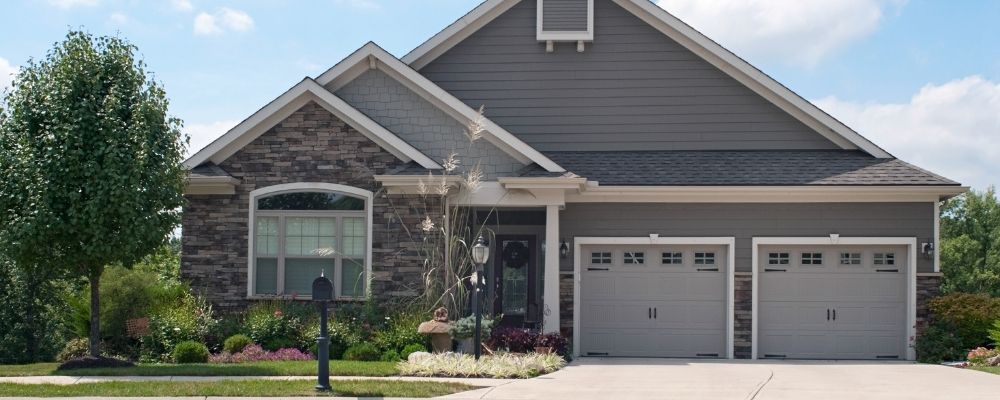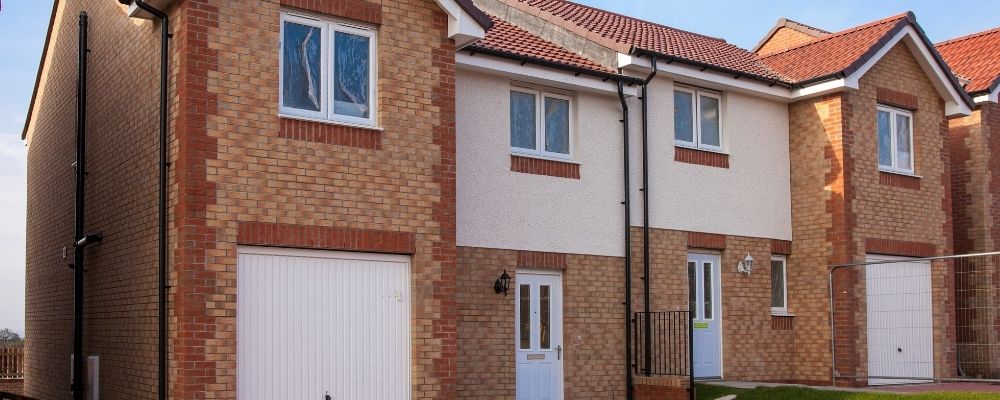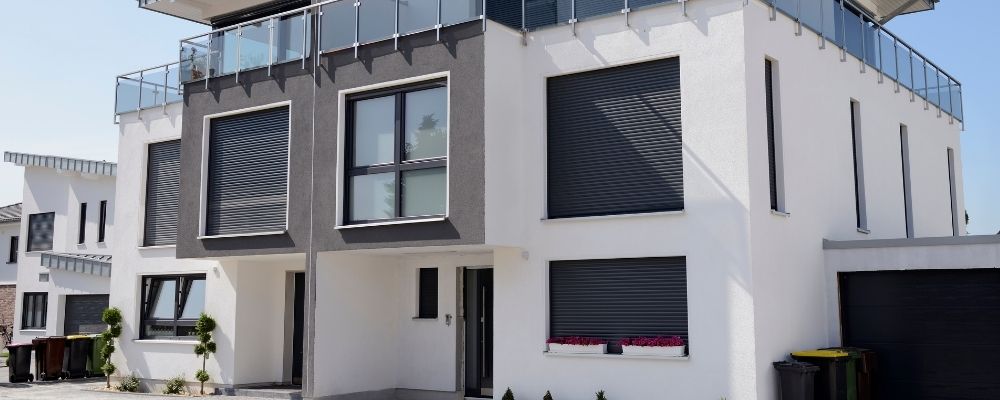Purchasing residential real estate can be a great way to earn passive income and protect your wealth. But you may be surprised to learn that not all residential properties are created equal. Here is a look at the positives and negatives of the two main categories of residential properties – multi-family vs single-family.
Table of Contents
What Does Single Family Home Mean?
A single-family home is a free-standing residential building, designed to be inhabited by one tenant or family of tenants. Traditionally it refers to a detached residence with walls that are separated from those of the neighboring buildings. But in certain circumstances, it can also refer to an attached home, as long as there is a clear separation between the property and any neighboring structures.
A single-family home also denotes a certain type of ownership. With a single-family home, the owner of the property owns not only the building but the land it’s built on. This is different than a condominium, where the owner simply owns their own unit, but not the land or common areas.
Single-family homes are a great place for first-time investors to start because they are often simpler and easier to manage than other types of investing, such as multi-family.
What Does a Multi-Family Home Mean?
A multi-family property is a single building that is constructed to accommodate multiple dwellings. It is designed to allow multiple families to coexist separately without interference. Examples of multi-family buildings include duplexes, triplexes, rowhouses, townhouses, apartment buildings, and condominiums.
A multifamily building is anything with more than one unit but less than five. One unit would be considered single-family and anything larger would be considered a commercial property.
To be truly considered a multi-family property each unit must have a separate kitchen, bathroom, address, and entrance. So simply renting out the backroom in a single-family home doesn’t count, unless it’s a suite with all the necessary attributes.
Multifamily buildings offer a variety of interesting opportunities for investors. For instance, many beginners use one of the units as a primary residence and then rent out the others to help pay the mortgage and related expenses. This strategy is called ‘house hacking‘.
Multi-family properties can also be great money makers and having multiple tenants can help reduce the risk of defaulting on your loan payments if someone stops paying or you have a vacancy. But they also come with more complexities as well.
Main Differences Between Single Family and Multi-Family Investing
The obvious difference between these two types of properties is the number of units. With a single-family home, you can only rent to one tenant or group of tenants (family members or roommates) at a time. With a multifamily building, you can rent to as many tenants as needed to keep the building full and protect your bottom line.
Single-family homes tend to be more popular in the suburbs and rural areas, than in major cities where multifamily buildings are more common due to the cost of living. Single-family homes also tend to be more in demand for actual families, whereas multifamily buildings are better for young professionals and retirees. Plus, single-family homes tend to offer more space and amenities such as a backyard, swimming pool, or deck. Multifamily residences can also offer these perks but are less common and can drive up the price, depending on the location.
Advantages of Single-Family Property Investing

There are several advantages to investing in single-family homes. They offer more space and privacy, which is attractive to tenants, especially in suburban areas.
Single-family homes also tend to be easier to maintain than multi-family residences. The more units in the building, the more windows, walls, doors, pipes, heating ducts, and other important features you have to routinely service or repair – not to mention the more tenants you have to keep happy.
With a single-family residence, you can often get away with making repairs and collecting rent on your own, opposed to hiring a property manager. Plus, in general, single-family homes are less expensive than multifamily properties, which may be attractive to first-time investors who don’t have as much access to capital.
- Offer more space and privacy
- Easier to maintain than multi-family properties
- You can manage them instead of hiring a property manager
- Are often less expensive than multifamily properties
Disadvantages of Single-Family Property Investing
Even though single-family homes can be a great place to get started as a new investor, they also come with their disadvantages as well. For instance, vacancies can be a big problem when you are only able to rent one unit. If your tenant moves out and you don’t have another one lined up, it’s going to affect your pockets much more than if you have multiple units to cover the loss.
Depending on how you financed the purchase of the property, this could impact your ability to repay the mortgage or other carrying costs such as taxes and insurance. Plus, there isn’t as much profit potential in single-family homes as there is in multi-family investing. Since you only have one unit, there is a ceiling to how much you can charge and still be competitive with the market. Although this is true for any rental unit, having more units means you can often bring n a lot more rental income, while still only paying a mortgage and taxes on one building.
- Vacancies can have a big impact on your cash flow
- Less profit potential compared to multi-family homes
- You only have one income source to cover mortgage payments and property taxes
Advantages of Multi-Family Property Investing

There are also a variety of great advantages to multi-family property investing. First of all, there is more earning potential. Even though your expenses will increase as well if you budget and plan correctly you can often increase your revenue by a far greater margin than your costs.
Many multi-family investors also choose to live in the building themselves and use the additional rental income to pay the mortgage, which means you can eliminate your own housing expenses as long as you keep a steady stream of tenants coming in. Plus, this can be a beneficial arrangement for multi-generational families who want to live together under one roof but need some privacy as well.
- Greater earning potential than single-family investing
- You can live in the building if you choose to, which can potentially eliminate your own rental payment
- Can be a very good option for multi-generational families that want more privacy under one roof
Disadvantages of Multi-Family Property Investing
The disadvantages of multifamily investing are in the added complexities of managing a property with multiple units. Depending on the size and age of the building, you may have to hire a dedicated property manager to stay on top of repairs and collect rent, which can eat into your profits. Plus, it’s more expensive to purchase the property in the first place, so your mortgage may be larger than what you’re used to.
Even though multifamily properties are abundant, single-family homes tend to be more popular and it may be difficult to keep all the units in the building consistently occupied. So, it’s wise to keep an emergency fund of cash available in the event of any catastrophes or long-term vacancies.
- Far more complex to manage, due to having multiple tenants
- May require a property manager
- Multifamily properties tend to be more expensive, which makes purchasing them more challenging
- It can be difficult to minimize the vacany rate
Final Thoughts
Overall both methods can be smart ways to earn passive income and grow wealth. But you’ll have to closely analyze the real estate market you’re considering and take stock of your personal financial situation to decide what makes the most sense.

